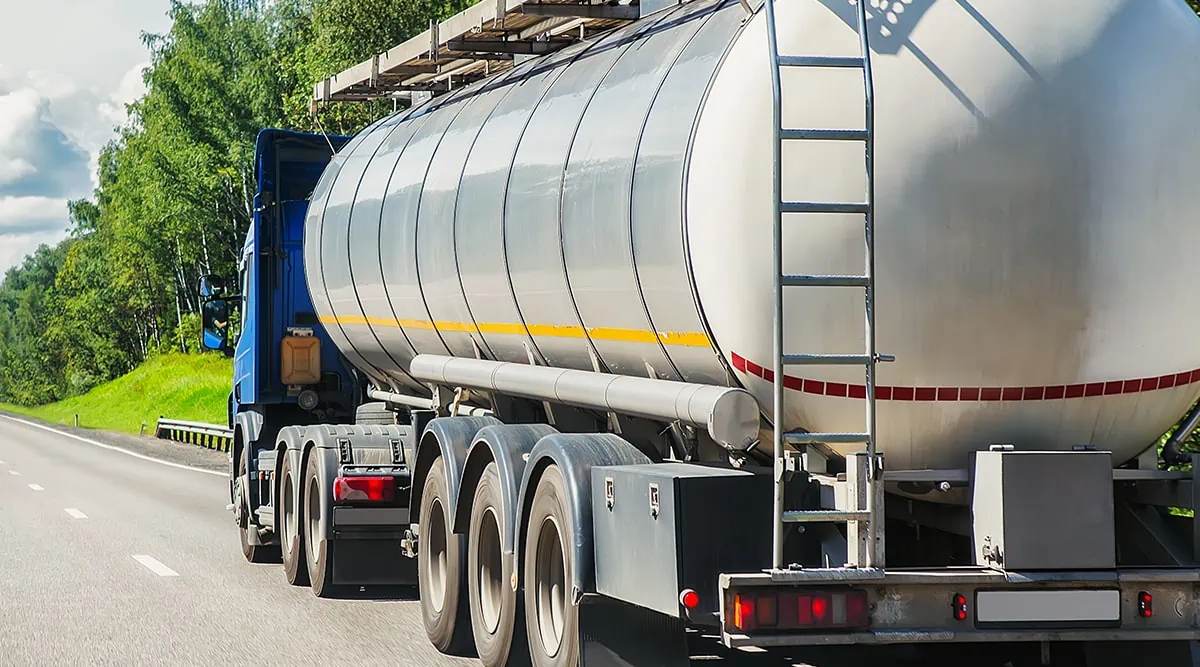Reclaim Waste - The Facts
Some Known Incorrect Statements About Reclaim Waste
Table of ContentsA Biased View of Reclaim WasteThe Ultimate Guide To Reclaim WasteSome Known Incorrect Statements About Reclaim Waste 7 Easy Facts About Reclaim Waste ExplainedOur Reclaim Waste Statements
Explore the types, occurrences, and types of liquid waste. Domestic sewer waste refers to the waste and items from a household sewage-disposal tank. This kind of waste is produced by human beings in residences, institutions, and various other buildings. This only consists of septic tanks that have a drain area. The correct monitoring and disposal of residential sewage waste call for fluid waste to be transferred to a sewer treatment plant where the appropriate approaches and equipment are related to purify and deal with waste.
Business waste typically consists of potential dangers, such as flammable materials or a blend of fluid and solid waste products, and needs a more sophisticated and thorough disposal process. The disposal of industrial waste commonly entails the filtration of waste prior to transport to make certain risk-free and correct disposal. Hazardous waste is created from results and drainage of commercial procedures and manufacturing.
This kind of waste can not use the exact same sewer management transportation or processes as septic or industrial fluids. The industrial waste monitoring procedure calls for the inspection and testing of liquid waste before it undergoes the disposal process (liquid waste disposal melbourne). Runoff waste is the liquid waste that comes from drainage and excess stormwater in extremely inhabited locations or cities
Overflow waste can cause contamination and flooding if not dealt with correctly. Discover a lot more regarding drain cleaning and waste administration. Making sure appropriate waste monitoring can stop catastrophes and minimize environmental harm. Both people in household setups and experts in commercial or production sectors can gain from comprehending the processes and policies of fluid waste administration.
Unknown Facts About Reclaim Waste
Get in touch with PROS Services today to learn more about our waste monitoring and disposal services and the appropriate means to care for the fluid waste you generate.
(https://padlet.com/leonaube33101/reclaim-waste-hw71hge954tsaxnp)Do you know what occurs to your water when you pull the plug, purge the bathroom or drain the cleaning maker? No? Well, it deserves understanding. This so-called 'wastewater' is not just an important resource yet, after treatment, will certainly be released to our land, rivers or the ocean. Utilized water from toilets, showers, bathrooms, kitchen sinks, washings and commercial processes is understood as wastewater.

water used to cool down machinery or clean plant and devices). Stormwater, a form of wastewater, is overflow that moves from agricultural and city areas such as roofings, parks, yards, roads, courses and seamless gutters into stormwater drains pipes, after rainfall. Stormwater moves without treatment straight to regional creeks or rivers, at some point reaching the ocean.
Our Reclaim Waste Statements
In Queensland, the majority of wastewater is treated at sewage treatment plants. Wastewater is moved from my sources residential or industrial sites via a system of sewage systems and pump stations, referred to as sewerage reticulation, to a sewage treatment plant. Local governments build, maintain and operate most sewage treatment plants. Operators are licensed under the Environmental Management Act 1994 to discharge treated wastewater at an appropriate environmental criterion into rivers.
The Department of Natural Resources advises city governments about handling, operating and keeping sewerage systems and treatment plants. In unsewered areas, city governments may need householders to install individual or home sewage therapy systems to deal with residential wastewater from toilets, kitchens, restrooms and laundries. The Division of Natural Resources authorises using household systems when they are confirmed to be efficient.
Most stormwater receives no therapy. In some new subdivisions, therapy of some stormwater to remove litter, sand and crushed rock has started utilizing gross toxin catches. Wastewater treatment takes place in four phases: Removes solid issue. Bigger solids, such as plastics and various other objects mistakenly discharged to drains, are removed when wastewater is travelled through screens.
Wastewater after that streams right into large containers where solids settle and are gotten rid of as sludge. Grease and scum are skimmed from the surface area. Uses small living microorganisms referred to as micro-organisms to damage down and remove staying liquified wastes and great bits. Micro-organisms and wastes are integrated in the sludge. Gets rid of nitrogen and phosphorus nutrients that could trigger algal blooms in our waterways and endanger aquatic life.
Some Ideas on Reclaim Waste You Should Know
Nutrient removal is not available whatsoever sewage therapy plants due to the fact that it calls for expensive specialized equipment. It is becoming much more typical in Queensland. Clear liquid effluent produced after treatment might still include disease-causing micro-organisms. If this effluent is released right into waterways such as rivers or the sea, the micro-organisms will at some point die out.

A lot of wastewater moves into the sewage system. Under the Act, neighborhood governments carry out approvals and permits for ecologically relevant tasks (ERAs) including wastewater releases that could have a regional impact.
The smart Trick of Reclaim Waste That Nobody is Talking About
Tracking supplies valid info regarding water high quality and can verify that permit conditions are being fulfilled. The info gotten via surveillance supplies the basis for making water top quality choices.